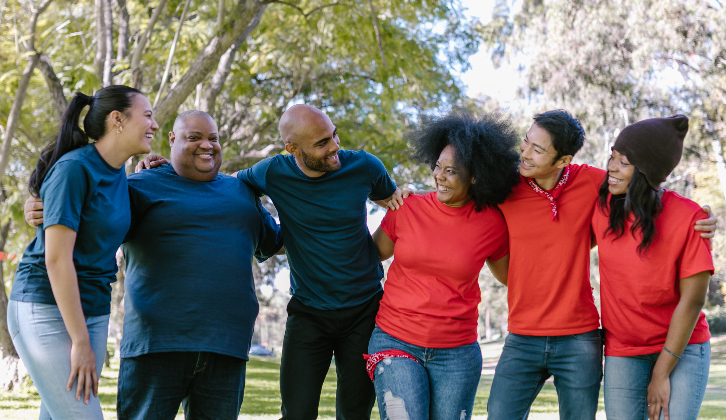How much does your organization spend each year to hire, train, support and bring together the right team? How much time is invested in off-sites, ropes courses, style profiles, and other events designed to build team cohesion and results? How happy are you with the outcome?
Most organizations invest heavily in activities designed to build teams and support the results they are capable of delivering. But team-building is just a stop on the road to your ultimate endgame. Consistently delivering superior results, quarter after quarter and client after client, demands going farther. It demands team bonding.
Teams that are “built” may work effectively — understanding and complying with up- and down-stream requirements and responding to customer expectations — in a broad-based spirit of cooperation. But teams that are “bonded” kick it up another notch. They’re the ones whose members have internalized the complete process, who have a shared and visceral vision of success, and who know and care deeply about the customer, organization, and each other.
Team bonding isn’t the result of elegant experiences in hotel conference rooms, solving imaginary, simulated problems designed to diagnose team members, swinging from vines, or falling (filled with trust) into the open arms of others. Team bonding is something more fundamental – and more boring… and it occurs right within the cadence of the work being done. Team bonding occurs when people:
- Decide together
- Look forward together
- Accomplish together
Decide together
Distributed decision making has been around as a leadership practice for decades and is generally recognized as a best practice in arriving at the best greatest possible outcomes by allowing those closest to the issues to come to their own decisions. Additionally, it’s a powerful contributor to team bonding.
Nothing brings people together more powerfully than shared risk. Having joint skin in the game as a result of the team putting itself on the line with a decision of their choosing creates a common focus, a sense of empathy across the group, and an experience of cohesion that trumps the most elegant team-building exercise.
Look forward together
Although it bucks today’s focus on mindfulness, presence, and living in the moment, one of the most powerful things teams can do is to focus together on the future. Certainly a shared vision of a better tomorrow can be inspiring and bring people together, but this goes beyond mere ‘happy talk.’
In fact, a new field of study is emerging: prospective psychology. Headed up by the father of positive psychology, Martin Seligman, this field is based upon the premise that predicting the future has been key to human evolution and survival.
Elise Proulx. who wrote about the third bi-annual World Congress on Positive Psychology this year, describes the significance of this: “focusing on the future — and the feeling that one has control over one’s future — seems to be linked with meaningfulness.”
That meaning is magnified when it’s co-created within the context of a team. And shared meaning is a powerful human bond.
Accomplish together
Working together. Sweating together. Worrying together. Making things happen together. There’s little that creates long-term human connections more than shared accomplishment. The process itself, as well as the (sometimes warm) memories it generates, contributes to trust, rapport, and ease among individuals.
Crossing a scary rope bridge together at an off-site might bring people together in the moment; but crossing a scary business abyss and coming out on the other side with real and lasting value added to the organization and its customers — that’s the stuff of authentic and sustainable bonding.
So, your team might well benefit from a little fun time together away from the office, but if you’re looking for genuine and sustainable results, don’t settle for mere team-building; support the joint decision making, visioning and accomplishment that leads to genuine team bonding.
Julie Winkle Giulioni is the author of “Help Them Grow or Watch Them Go: Career Conversations Employees Want,” with Bev Kaye. Giulioni has spent the past 25 years improving performance through learning. She consults with organizations to develop and deploy innovative instructional designs and training worldwide. You can learn more about her consulting, speaking and blog at JulieWinkleGiulioni.com.
If you like this article and video, sign up for SmartBrief’s free email newsletter on leadership. It’s among SmartBrief’s more than 250 industry-focused newsletters.
